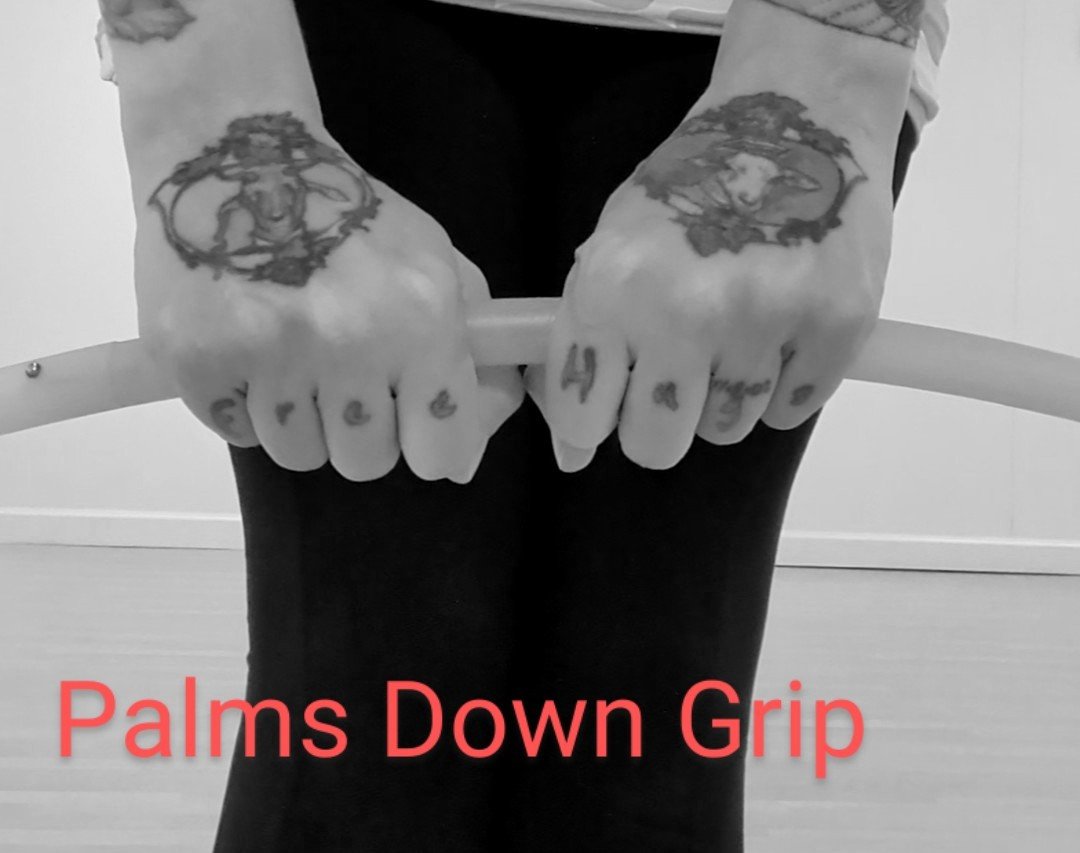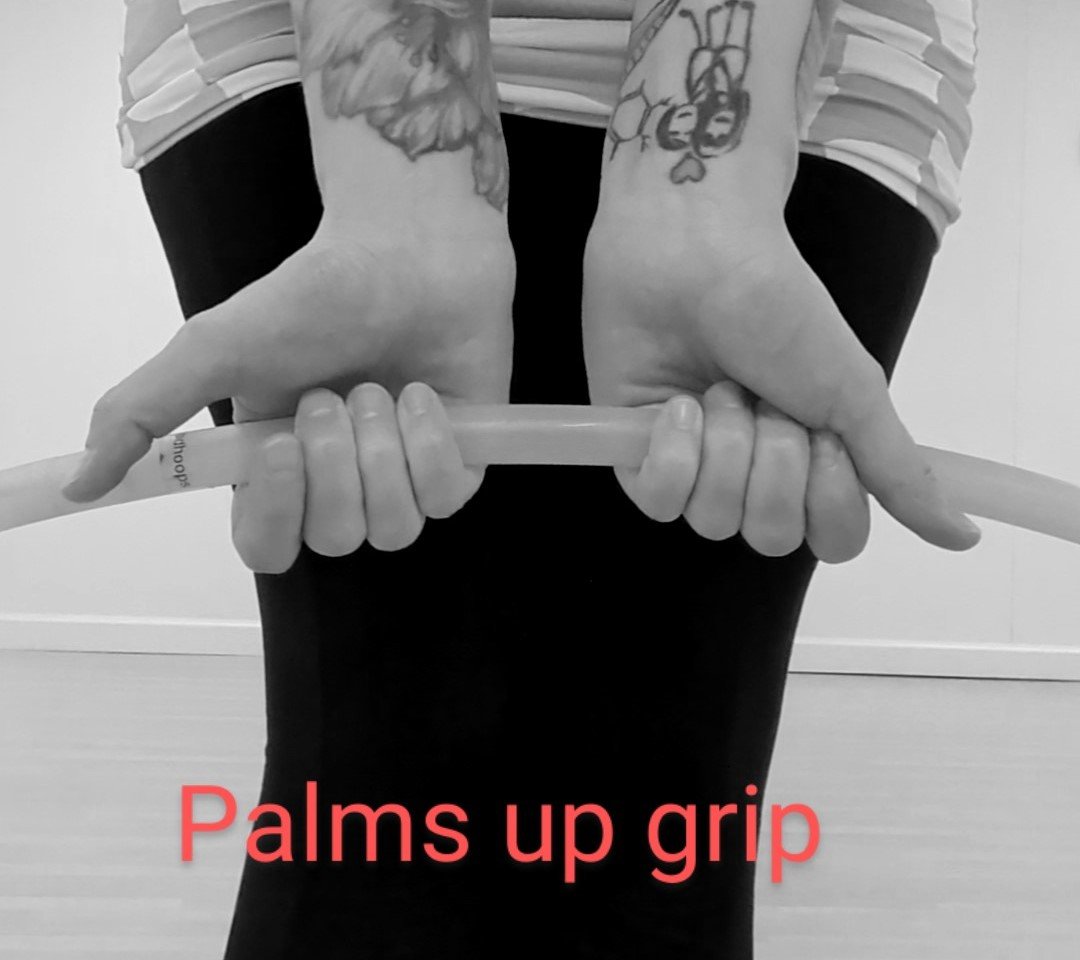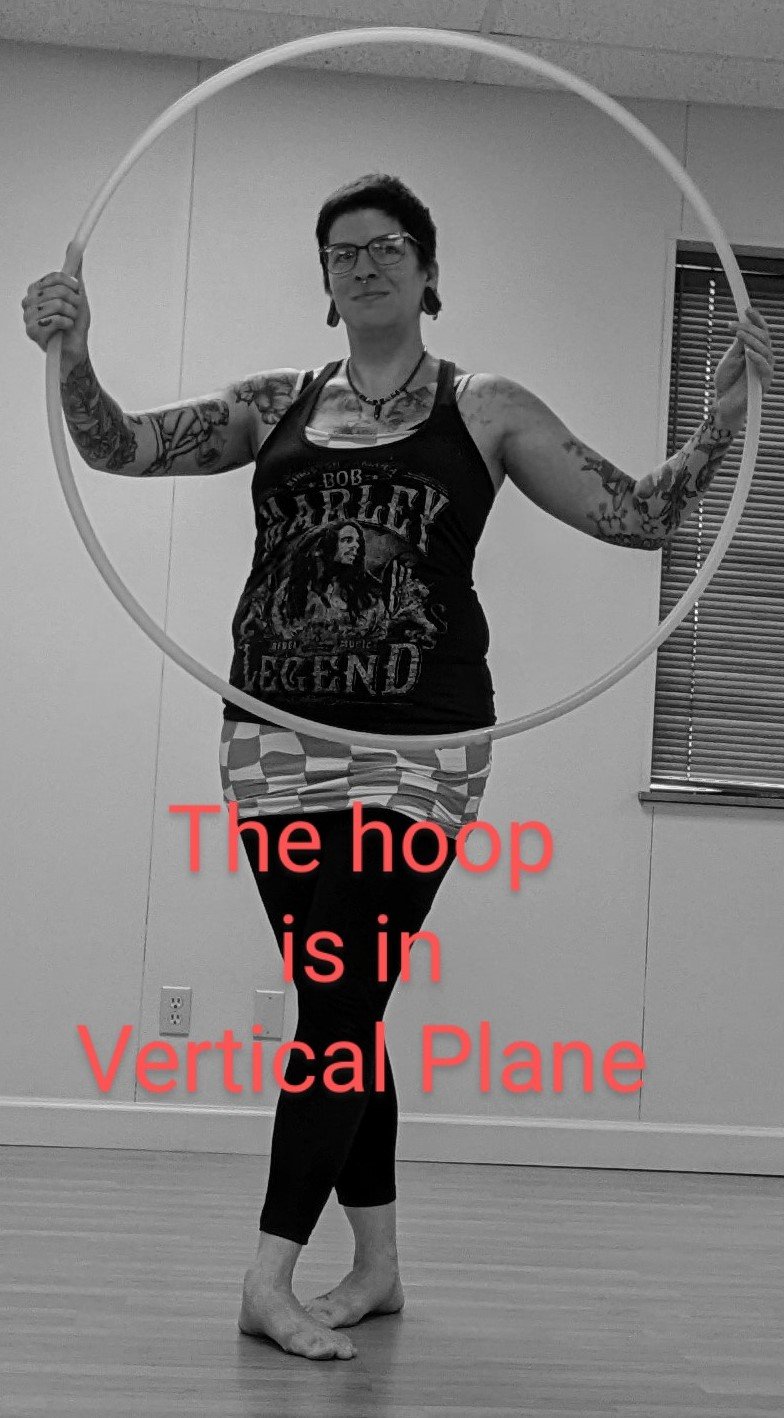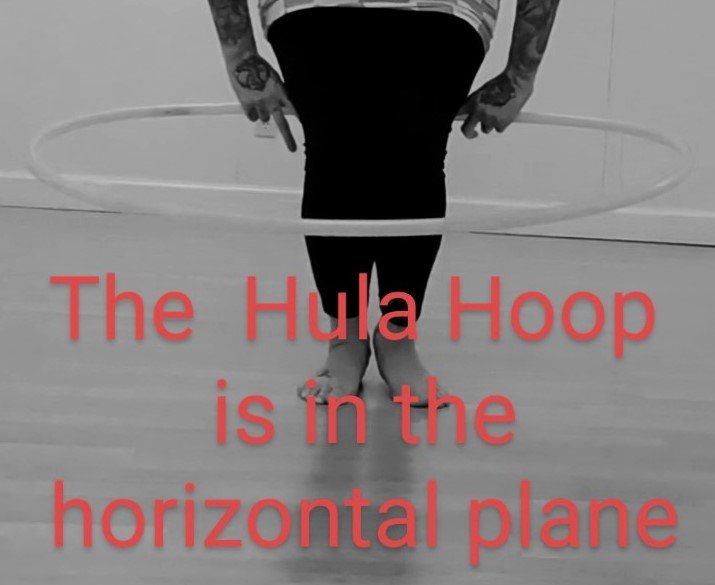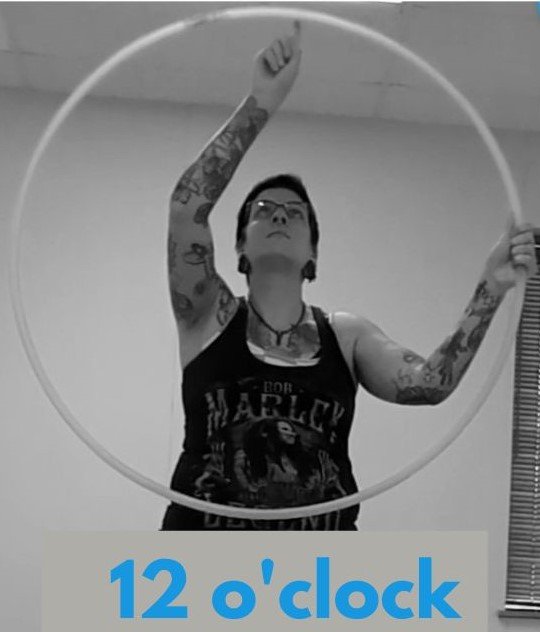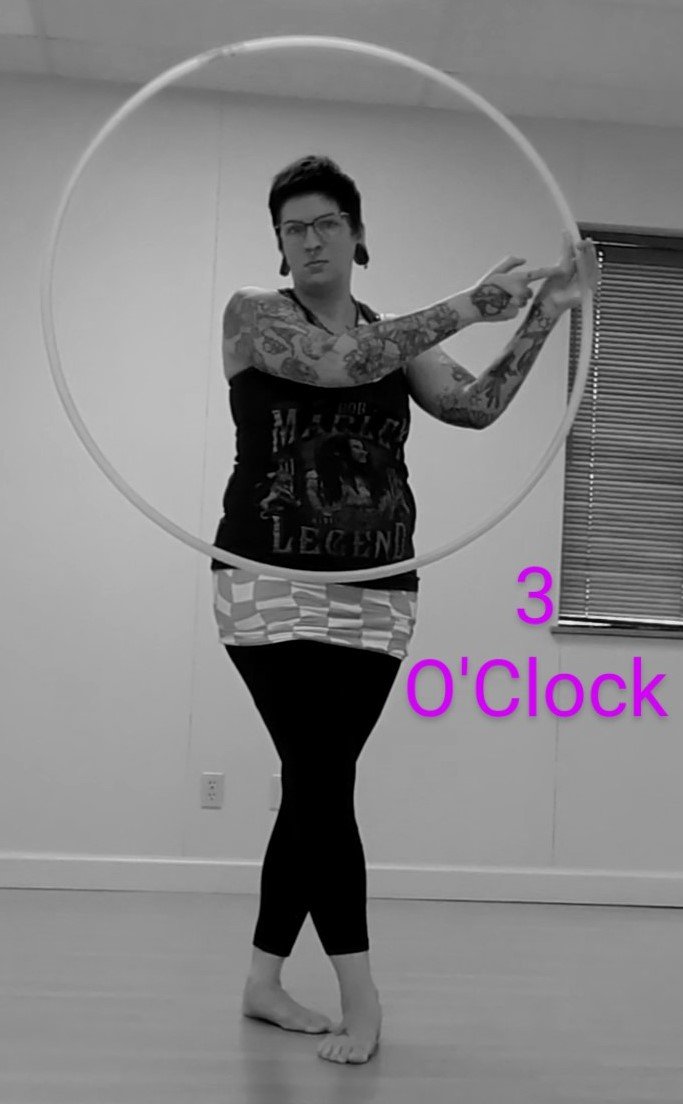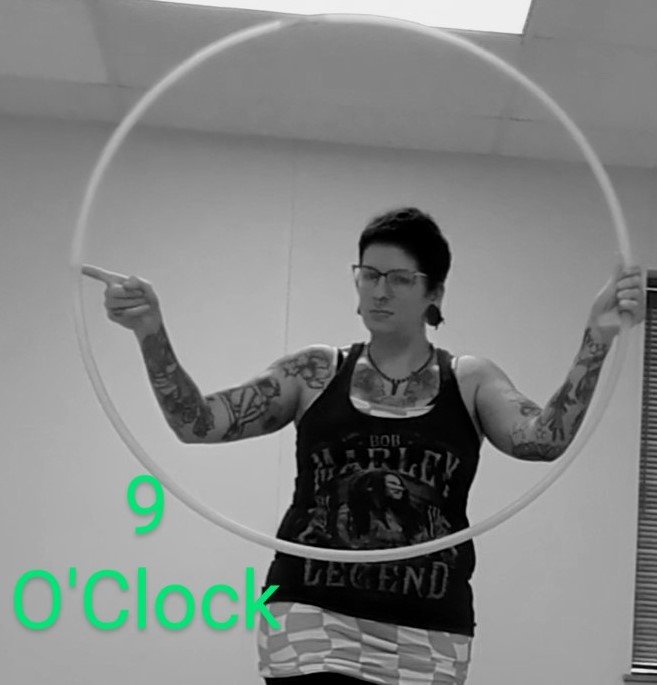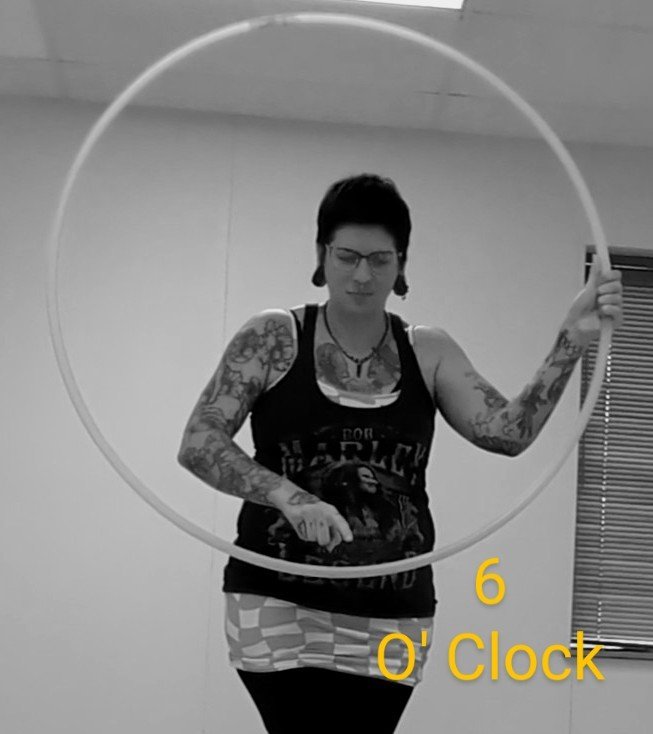What to expect in a Hoola Fit class
Written by: Heather Gamin, LMT, Hoola-Fit Instructor
The hula hoop has long been thought of as a children’s toy. Sacred Transcendence wants to blow your mind with how magical a hula hoop can be! On Wednesday nights at 7 pm in the Essential Energies Yoga room you could find yourself experiencing the hula hoop in ways you never thought were possible! Hoola fit classes take you into a world of flow where we use a hula hoop to stretch and explore the movement of our body. Moving in new ways, while building a local community of new friends or “flow mates.”
To help you get you ready to become a hula hooper, let’s start with some basic hoop knowledge. If you were to take a hula hoop and hold it in front of your body at the most bottom part with both hands and look through the hoop, we would say that you are holding the hoop in a vertical position, or at six o’clock. Just as a clock is round and has hands, we can easily transfer the idea of hand placement to the use of a hula hoop with our hands. Some other things to know are different hand positions on the hoop, pictured below you will see some of the common hand positions on the hula hoop. They include palms down, Palms up, thumbs together, thumbs apart, a hoop in a vertical position and a hoop in horizontal position.
Hula hooping is considered a low impact activity meaning it puts less tension on the body. Because of this, muscles can build slowly. Building muscles over time puts less stress on the joints creating less of an opportunity for injury. Those who are already experiencing joint pain or injury can still participate in hula hooping to aid in rebuilding of the muscles and tendons while building strength around the joint to create stability.
Waist hoop is a fundamental movement that all hoola-fit students will learn. The thought of waist hooping can be overwhelming, but sometimes we are missing information on how to perform the task. Have you considered that the reason you cannot waist hoop is due to the hoop itself? Dance hula hoops are lightweight and they come in all different sizes, thickness and colors. It’s break-up time with that hoop you bought at the dollar store and it's time to level up to a hoop that is designed for your body. To find the hoop that is best for you, take a fabric tape and measure from your belly button to the floor. This is the size hula hoop you should be using. If this seems big, just remember the bigger the hoop the slower the rotations around the core. Making it easier for you to keep contact with the hoop. Say you are not ready to commit to a new hoop of your own, there are many hoops available to try out in class.
Hula hooping has some of the same benefits as massage. To keep a hula hoop from falling you must bounce the hoop off contact points on your body. When making contact with the body the hula hoop supports blood flow to these areas, allowing the muscles to relax. Increasing blood flow to an area where scar tissue exists helping to break up scar tissue. The bounce of the hoop also can push excess liquid out the muscle allowing the body to dispose of it. Hula hooping helps improve posture too. Hoopers that keep a straight spine find success waist hooping faster. In Hoola-fit classes we use our whole bodies, engaging the smaller muscles of the upper back, glutes, and legs to create stability that supports our upper body. This leads to better posture.
The yoga room in the Essential Energies building provides a safe space as well as hula hoops for those looking to get started on their hula hoop journey with a Certified Hoola-fit Instructor. Hoola- fit works to create a healthy mind, body, and spirit, as well as to build confidence and new friendships. In class, hoopers become aware of their own bodies through gentle choreographed warms-ups. That involves stretching and energetic bodywork to soft music so hoopers can seek out the imbalances in their own body, and work to restore that balance.
Since everyone learns at a different pace and some movements are more difficult to execute than others, students are invited to voice their hoop challenges as we add to our catalog of movements. Classes are slowed down in order to celebrate the success of all hoopers in the class as well as to introduce new movements. There are three parts to learning any new hula hoop movement, first is seeing the movement being performed. This allows students to know it is possible. The second part is being able to perform the movement individually, and lastly is being able to perform the movement masterfully. Hoopers are taught a new movement each class and perform movements from previous classes to reinforce the movements and make fine tuning to master it. In a challenging way to work on their speed and accuracy. By combining new movement with mastered movement, we create sequences that create flow. Freedom is a big part of flow art and hoopers have the opportunity to express themselves through free flow. as well as a share in group flow activates each class. Hope to see you in Hoola-Fit Wednesdays at 7pm. Sign up here
